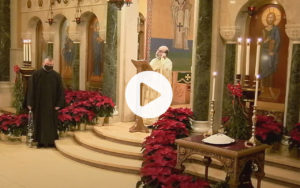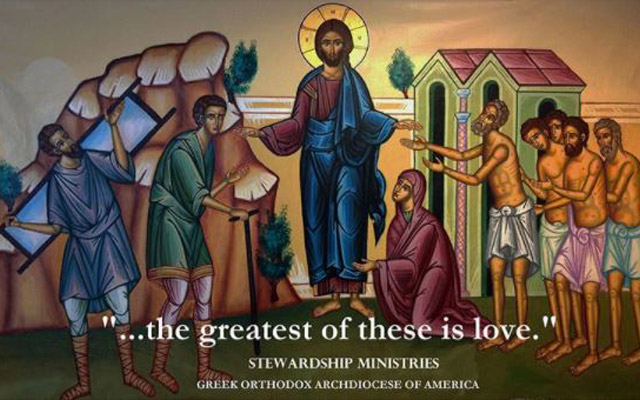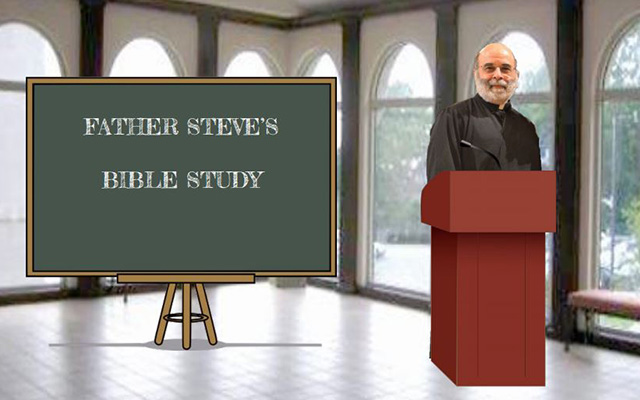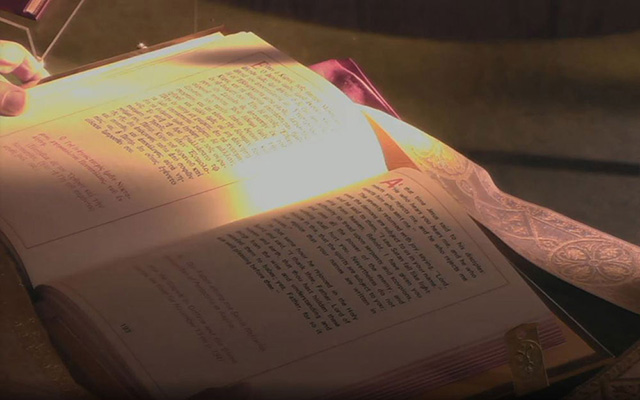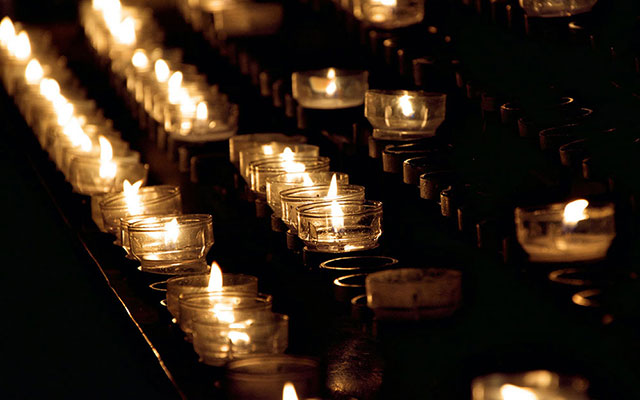From the Prayer of Jesus to Prayer of the Heart (Part II)
Once this prayer [the Prayer of Jesus] has taken root within us, our heart is illumined by a deep confidence, in which we are spared of the former blindness that allowed us to pray only with the lips. Now we welcome prayer as an ineffable treasure. As spiritual guides have so often declared, “the Prayer of Jesus is a joy that elicits a response of thanksgiving.” At this point in the spiritual pilgrimage, the heart


